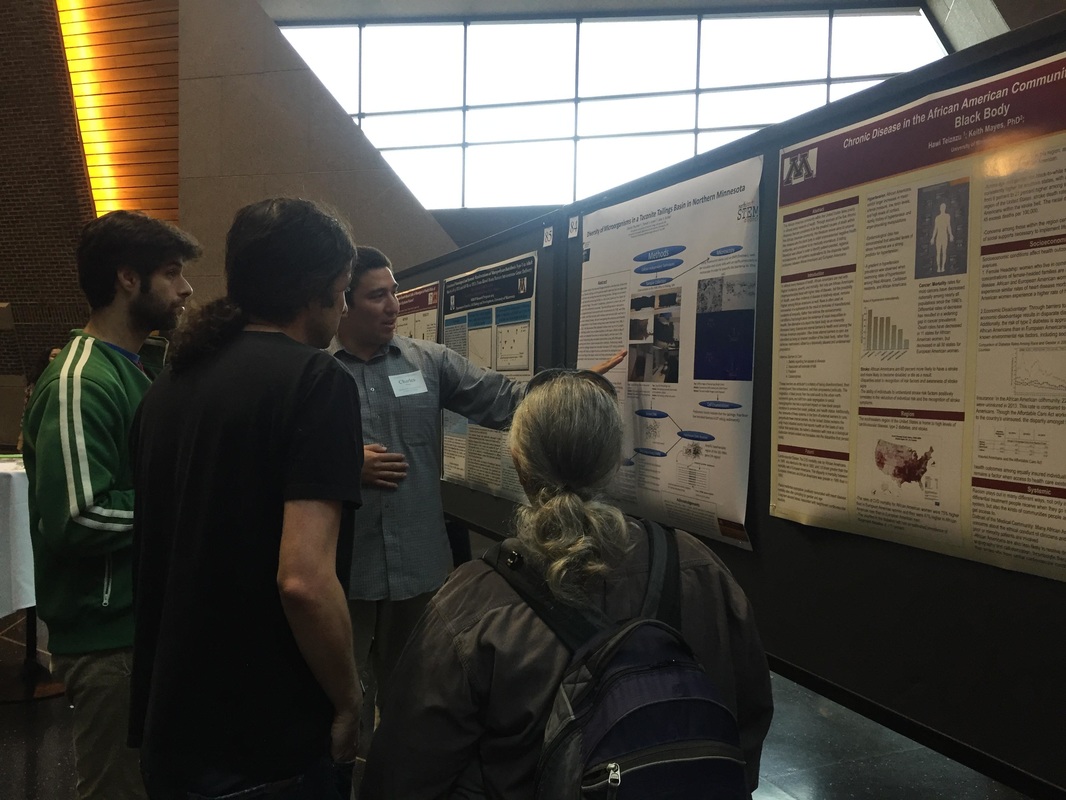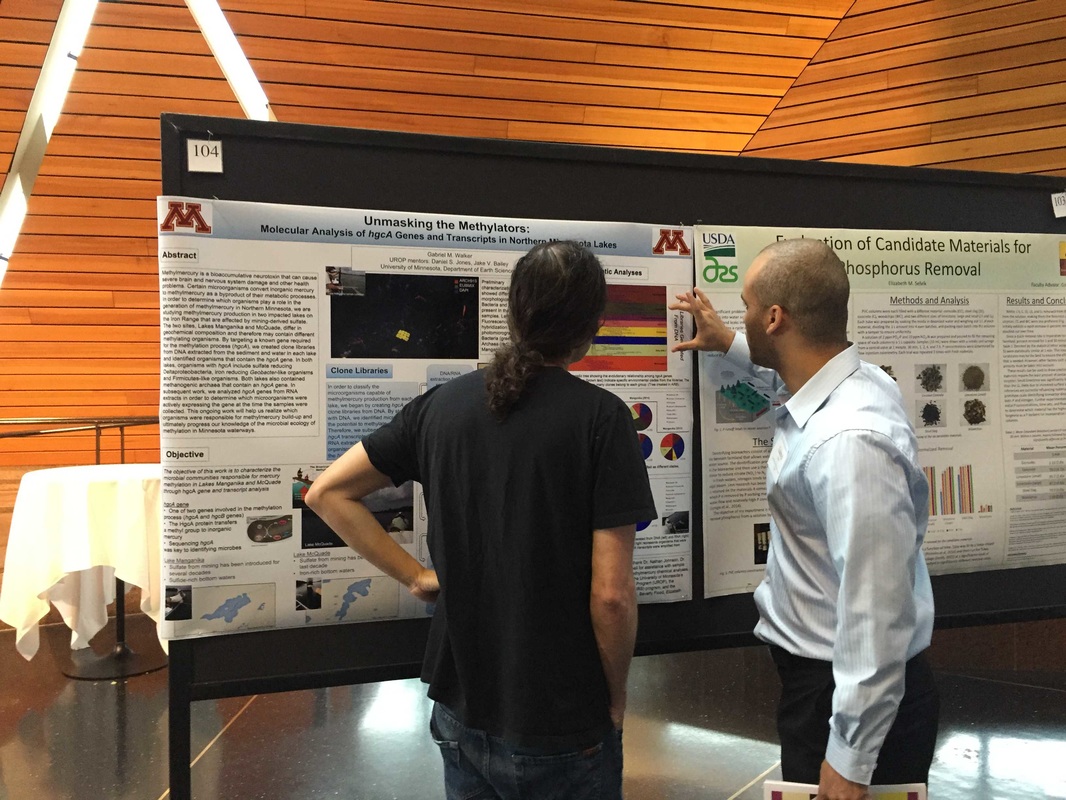Microorganisms play an enormous role in the geological and geochemical processes that shape our planet’s surface. Because of their ubiquity and metabolic diversity, microbes control crucial chemical transformations in the modern world, and their evolution over the past 3.5 billion years has forever altered Earth’s landscape. Geomicrobiology crosses the disciplines of geology, biology and chemistry to explore the multitude of ways that Earth is impacted by the metabolic activity, physiology, and ecology of its microbial inhabitants.
My research (click links for more information):
|
Sulfidic cave systems
‘Sulfidic’ caves form in limestone rocks where anoxic, hydrogen sulfide-rich ground waters mix with oxygenated surface recharge and cave air. The chemical disequilibrium created at these mixing zones supports diverse microbial communities that oxidize hydrogen sulfide and produce elemental sulfur and sulfuric acid. Microbial life is especially robust near cave water tables, where microorganisms form unusual biofilms that cover nearly every available surface. These microorganisms are a crucial component of the geology and ecology of the caves. Not only do sulfide-oxidizers speed up acid production and cave formation, but the biomass produced by these chemosynthetic microorganisms supports unique subterranean ecosystems that are isolated from surface-derived energy. Right: Extremely acidic (pH 0-2) biofilms known as 'snottites' hanging from Cueva de Villa Luz in Mexico (top), and white sulfide-oxidizing biofilms filling a stream in the Frasassi cave system, Italy (bottom). |
|
Acidic coal mine drainage
Acid mine drainage (AMD) is the low pH iron-rich discharge that occurs where pyrite and other metal sulfide minerals in ore deposits or coal seams are exposed to atmospheric conditions by mining activity. AMD is a severe and widespread environmental problem, and impacts over 10,000 km of streams in the Appalachian region of the United States alone. Acid-adapted microorganisms promote many important chemical processes in AMD, including the oxidation and removal of dissolved ferrous iron from the discharge, a process that produces characteristic orange/red iron oxide minerals. Low pH iron oxidation also represents a promising solution for biological metal removal and AMD remediation. Right: Red Eyes coal mine drainage, Somerset County, Pennsylvania. |
|
Microbes and mining in Minnesota
Iron mining has played a central role in Minnesota’s economy since the late 19th century, and with the wealth of copper, nickel, and platinum group elements (PGE) in the Duluth Complex, Minnesota may be on the verge of a new mining era. However, these mines can also present important environmental concerns, including high sulfate concentrations in ferrous mining discharge and the possibility of acidic drainage from other, non-ferrous opportunities. I am involved in several new projects addressing the microbiological processes that impact mine waters in Minnesota and investigating ways to leverage those processes for bioremediation applications. Right: fieldwork at sulfate-impacted Lake Manganika in the St. Louis River Watershed, Minnesota. |
|
Microbial phosphorus cycling (past and present)
Certain microorganisms accumulate substantial amounts of phosphorus as intracellular polyphosphate inclusions. Recent research has found that by synthesizing and later hydrolyzing these phosphorus stores, polyphosphate-accumulating organisms can control phosphorus cycling and alter pore water saturation with respect to phosphate minerals. Polyphosphate metabolism is important for many modern microorganisms, and it may also help explain extensive phosphate mineral formation in certain ancient sediments. We are testing how transient anoxic, sulfidic, or other conditions trigger polyphosphate hydrolysis in modern aquatic sediments, and applying gene expression analyses to determine the microorganisms responsible. Right: polyphosphate inclusions in microorganisms from Spring Lake, Minnesota. |
|
Other research
Right: push core collection (by the ROV Jason) of sediments from deep hydrocarbon seeps near Barbados at nearly 5 km water depth. The white material is sulfide oxidizing microbial biofilm. Far right: ESOM from ongoing metagenomic analysis of unusual anoxic biofilms. |
Awesome students
Below: Undergraduate researchers Charles Thunder, An An Hua, and Gabe Walker (left to right) presenting their research at recent symposia
Below: Undergraduate researchers Charles Thunder, An An Hua, and Gabe Walker (left to right) presenting their research at recent symposia













